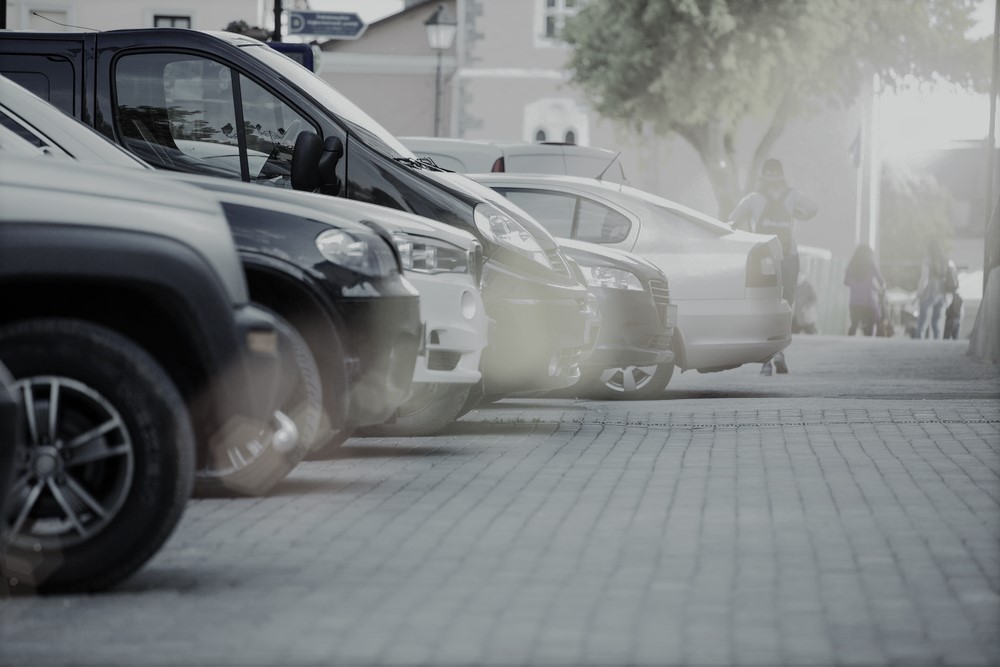Developing Your Restaurants Curb Appeal
Originally Posted on FoodableTV – By Doug Radkey 06/07/2017
Outside of social media, word-of-mouth, and online directories – how else does a potential guest notice a restaurant? The answer; a store’s outside appearance.
As a restaurateur, it should start with a concept development plan that not only focuses on the interior, but one that also focuses on creativity throughout the exteriors architectural design.
A restaurant’s exterior, even in a shared retail plaza or downtown core with minimal ‘store-front’ square footage, should offer a sense of transparency and cohesiveness between the inside and the outside. When a potential guest is outside of a restaurant, they should also feel a sense of energy, enticing them to go inside.
Not every restaurant is going to be a hidden gem within the community. As always, one must thoroughly think about the message that’s intended to be delivered. With proper planning and thought processes, the exterior will help make a memorable, first impression.

Do an Initial Audit
Walk through the targeted (hyper-local) neighborhood and take note of the immediate surroundings and other restaurants. What restaurants are standing out in a positive fashion? What about the restaurants that are driving a negative emotion as it’s approached? Take note of these findings and make a to-do and not to-do list.
Consider the Parking
In this industry, we talk a lot about guest experiences. The first thing a guest is going to experience is the parking situation. A perfect way to ruin a positive restaurant experience is to have guests leave only to discover that their cars have been ticketed or towed. Consider the concept’s intended capacity, both take-out and dine-in traffic, hours of operations, and the surrounding businesses – plus the parking spaces they will be demanding. Is there enough convenient parking spaces for everyone? If not, move on to the next.
The Importance of Landscaping
Depending on the location, not every restaurant will have the opportunity to customize storefronts or offer unique landscaping. However, even the most minimal locations can be creatively executed with greenery and/or gardens etc. A restaurateur should also consider the brand’s color scheme and overall style, while providing a distinctive contrast with any of the neighboring businesses.
Branding in the Storefront
Signage is an obvious requirement to draw attention, to allow for ease of recognition, and to drive a concept’s primary message. Any secondary signage (on windows for example), should have text and graphics that easily coincide with the concept. As an operator, it’s important to remember that potential customers want to see inside the restaurant, so don’t overuse window graphics (and please stop using hand written notices on doors & windows).
Menu Display
If a restaurant is in a high foot-traffic area, ensure the food & drink menu along with the daily special is posted and available to read from outside the restaurant. Remember that your menu is the best marketing tool, so make it readily available, even during non-operating hours.
Embrace Openness
Is there a creative way for potential guests to visualize or smell the cuisine or listen to the sounds coming from inside the restaurant? Find ways to have the energy from within the restaurant, fill the streets or parking lot without disrupting neighbors or landlords.
Outdoor Seating
Depending on the concept and seasonal climate, outdoor seating can easily drive some of the most positive experiences for guests. Similar to “openness,” it presents a restaurant the opportunity to create a visualization of food, drink, and service from the street. However, it’s important to remember that choice of furniture must equally play an important role and that staff members are responsive and are clearing outdoor tables regularly.
Lighting
A restaurant’s lighting, both inside and outside, is extremely important. Interior light choices need to be considered from an exteriors point of view as well. Potential guests walking by should be able to see food, drink, and the atmosphere. This will help to drive a guest’s decision to come in. Outdoor lighting for patios need to be creatively decided upon and it’s equally imperative, that there is enough exterior lighting for the safety of both the guest and staff.
Do a Curb Audit
Do a walk around of the restaurant every 1-2 days and ensure it’s clean and tidy. Then, take the time, every few months, to simply people watch. Sit outside, near the restaurant, and see how people react when they walk up to or by the restaurant. Are they slowing down? Are they looking at the menu? Are they stopping and looking inside? Count how many for each category over the course of 1-2 hours and consider making adjustments as needed.
At the end of the day, a guest wants a memorable dining experience. This starts outside. If it is uninviting, a potential guest will turn away or keep walking. If it’s cluttered, unorganized, or dirty, they will quickly associate this with the interior, including the kitchen.
Curb appeal is a means of effective communication. When developing a concept plan and/or when choosing a location, consider each of these external factors to ensure the restaurant is in a position to foster positive customer emotions and “touch points.” This will ultimately drive awareness, revenue, and repeat business.
